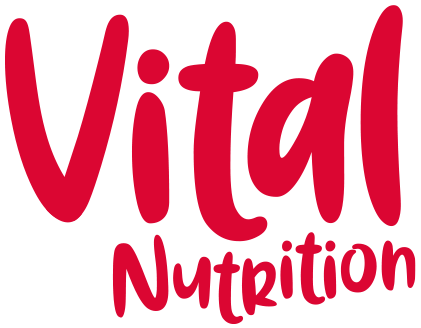Healthy habits for successful weight loss
How’s your January diet going? Still sticking with it?
With all the best intentions, a lot of advice we get about dieting can leave us craving some variety and decent food after a few days, and its unlikely to be your golden ticket to successful and sustainable weight loss.
If you are serious about turning your weight (and health) around, then there are 5 basics principles that are non-negotiables:
1. Cut sugars
Sugar is energy number one for our weight and is shocking news for our health, in all its forms. From artificial sweeteners to stevia, sugar to honey, the fact is that sugar makes us fat. Take a closer look at your skinny bar, protein yoghurt or low kcal drink and you are likely to find some sort of sweetener on the ingredients list.
Read the nutrition panel and check out how much sugar you are getting. A low sugar food contains 5g or less per 100g and anything over 22g per 100g is classified as high sugar. Do yourself a favour and make 2024 the year you seriously cut your sugar intake. Don’t forget that artificial sweeteners like aspartame trick your body into thinking that you are eating something sweet and research shows that these are also likely to cause weight gain.
2. Skip the skinny whips
If you have been on a very low calorie, or restricted diet since 1 January, the chances are you are feeling hungry and hangry! The result of this that you will be salivating at the thought of a chocolate bar or munching your way through FibreOne, SkinnyWhips or protein bars.
Take a closer look at the ingredients list. Can you recognise each of the ingredients as a real food, or does it read more like a science experiment?
Get enough so that you feel satisfied, not hungry at the end of your meal, so that you don’t need these ultra processed foods to curb a craving.
If you want a snack, eat real foods like a piece of fruit, some raw veg or a handful of nuts instead. You’d be better with a couple of squares of 70-85% chocolate after dinner than a low fat bar. It’s likely to have less sugar and will give you some antioxidants too.
3. Balance your plate
Pack your plate with plenty of vegetables. Aim to have 2 portions (one portion is the size of your fist), or make up half your plate with veggies. Cook them into soups, stews, Bolognese, curries or chill at this time of year, or make winter salads with seasonal ingredients like beetroot, carrot, red onion, kale, roasted sweet potato. You could increase vegetable intake by having a little starter of raw veg sticks like carrot and celery as you wait for dinner if you’re hungry.
Make sure you have a palm-sized portion of protein. This will help you to feel fuller for longer and less likely to munch on junk food. Your protein sources can be eggs, meat, fish, chicken, nuts, seeds, natural yogurt, beans, lentils or cheese – cottage or feta is best.
Carbs will make up the last quarter of your plate, but choose the right sort if weight loss is your focus. Swap the white stuff for wholegrains. White and refined carbs like pasta, rice and bread will act like sugar in your body and trigger more fat storage, so make the swap to wholemeal pasta, brown rice or wholegrain bread. The additional fibre will fill you up better too.
4. Time your meals
Give yourself a break and fast for around 12-14 hours overnight. That means you will be eating within a 10-12 hour window.
For example, make your breakfast a little later and finish eating for the day after teatime.
Start with a 12 hour overnight fast and if it feels good, extend it to 14 hours. Just remember to eat your 3 meals in that time and don’t fast for longer than this – most of us don’t need to have an extended fast to get the same results.
It’s much better to eat 3 meals, about 4 hours apart, than to snack frequently.

